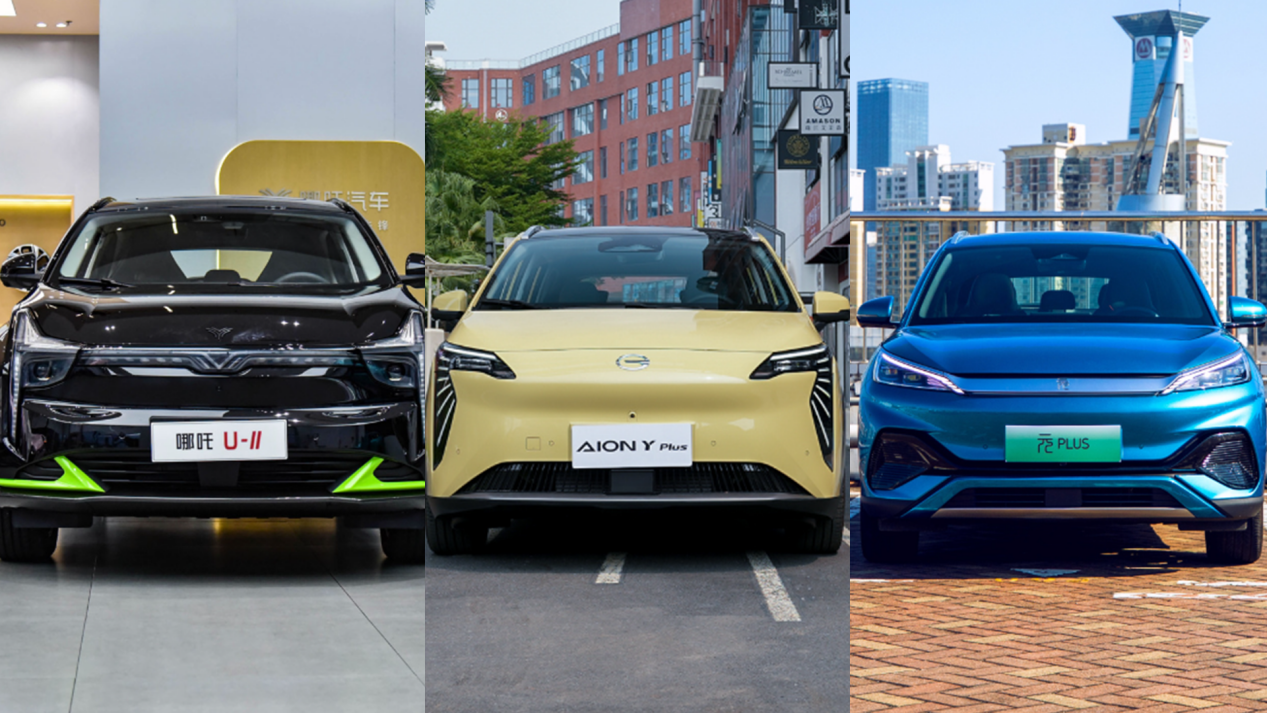Issue 15
It has to be said that this generation of young people has caught up with the “good era” of new energy.
With the gradual development of the market scale and supply system of pure electric vehicles, more and more domestic new energy vehicles have entered the pure electric market of 150,000 yuan, such as the Aiways Y plus, Yuan plus, and recently launched NIO U-II. These models have endowed the characteristics of electric motors on electric vehicles, thus forming a blow to fuel vehicles. They crush same-level fuel vehicles in front acceleration and break the price shackles of fuel engines by taking advantage of the breeding superiority, not only considering high appearance, high intelligence, and high performance but also reducing the cost of car use.
The Aiways Y plus, Yuan plus, and NIO U-II all belong to compact SUVs aimed at young users. So, have these three models really considered the needs of young people? And what are their differences?
Today, we will analyze them one by one from the aspects of technological sense, practicality, and driving performance.
First of all, from the perspective of the selling price, the subsidized official selling price of the NIO U-II is 129,800-159,800 yuan, the manufacturer’s guide price of the Aiways Y plus is 139,800-202,600 yuan, and the manufacturer’s guide price of the Yuan plus is 137,800-165,800 yuan, with a high overlap and strong comparability.
“Appearance” is justice, each has its own strengths
The NIO U-II continues the design of the old car, with a closed grille, sharp headlights, a breakpoint-style light strip, a suspended roof, and a series of LED headlights without any omissions. The only difference is that the NIO U-II has two styles: dark night mecha black and star diamond Phantom pink. The former uses green decorative strips to outline the car head, side, and brake calipers; the latter leans towards feminization in design with pink color.
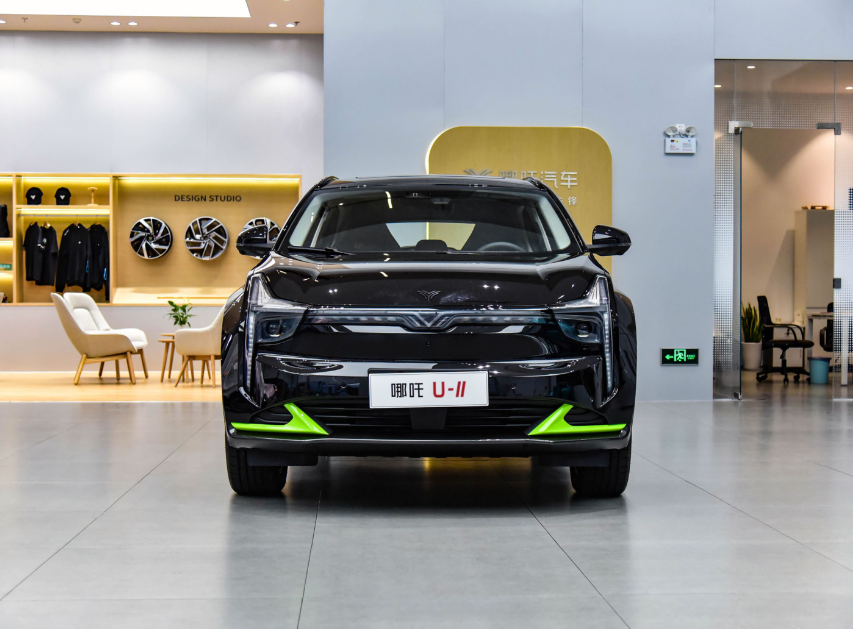
As an upgraded model of the Aiways Y, the Aiways Y plus retains a large amount of original design and only carries out some upgrades in details. It can be seen that the front face adopts a new family design language, angel wing headlights, and the outline of headlights has changed. The AION logo is added above the through-type taillights.
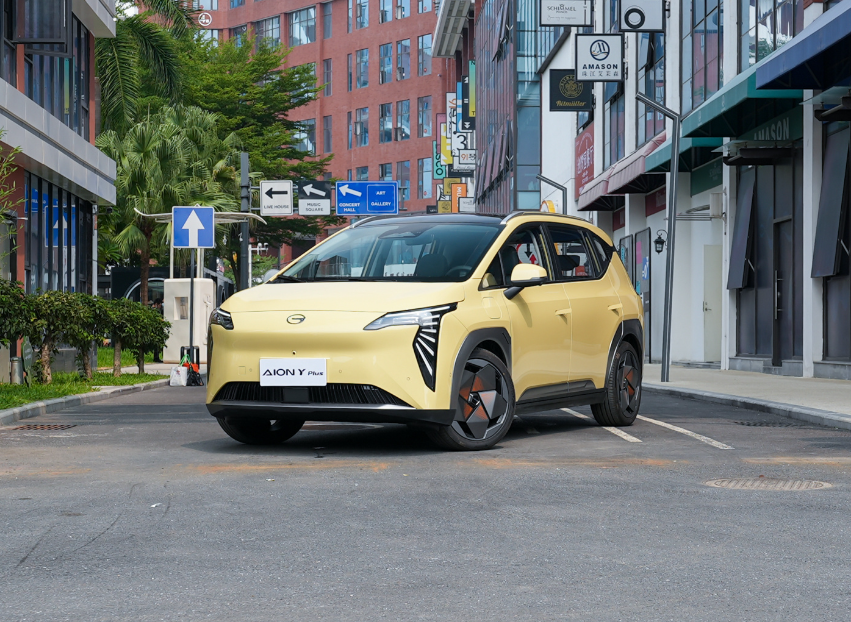
The Element PLUS adopts the design language of BYD Dragon Face 3.0 family, similar to the Element Pro, with only minor adjustments in the body lines, front headlights, fog light position, wheel hubs, side skirts, C-pillars, etc. In terms of color matching, the Element Plus offers a total of five colors: Climbing Grey, Surfing Blue, Skiing White, Adventure Green, and Parkour Red.
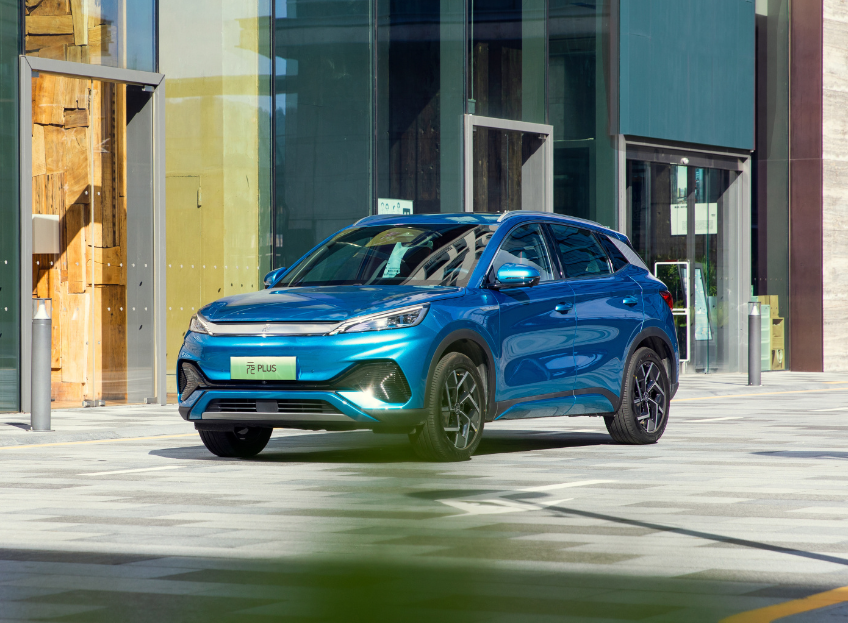
Simply put, the style of the NETA U-II and the EAN Y Plus is similar, with the main difference being that NETA U-II has a bolder design, taking into account the needs of female car buyers. Meanwhile, the design of the EAN Y Plus is inclined to conservatism: wanting to create its own differentiation while retaining classic elements, not lacking in youthful atmosphere. Compared to the first two, the Element Plus is a new energy vehicle created by a traditional automaker, with an appearance that still reveals the characteristics of conventional fuel vehicles.
Interior Space, Who Fits More?
As the usage scenarios of compact SUVs are mostly for home or commuting, the important aspect in this regard is space.
The length, width, and height of the NETA U-II are 454918601628mm respectively, with a wheelbase of 2770mm; the length, width, and height of the EAN Y plus are 453518701650mm, with a wheelbase of 2750mm; the length, width and height of the Element Plus are 445518751615mm, with a wheelbase of 2720mm.

Overall, the differences in size between the three cars are small, with the NETA U-II having a slightly longer car length and wheelbase. Of course, the space performance of the EAN Y Plus and the Element Plus is also very good.
Intelligent Driving, Who is Richer?
Although intelligence and auxiliary driving are not exclusive to electric vehicles, they have become important selling points for many electric vehicles, including NETA U-II, EAN Y Plus, and Element Plus.
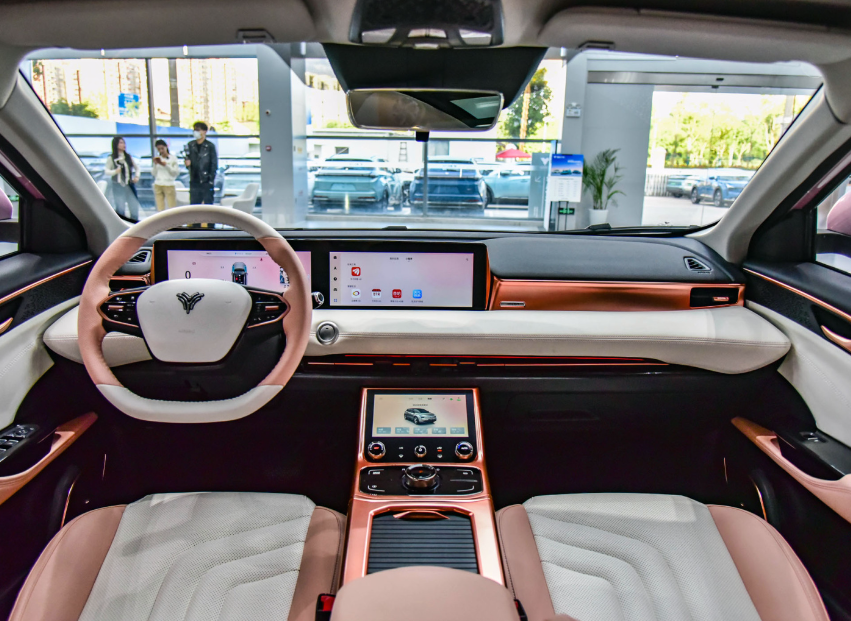
In terms of intelligence and interconnectivity, the NETA U-II is equipped with dual 12.3-inch touch control screens and an 8-inch triple screen design, supporting Amap, mobile phone interconnectivity, voice recognition, OTA upgrade, and mobile APP remote control functions.The whole vehicle is equipped with a leading-edge Qualcomm Snapdragon 8155 high-performance automotive-grade chip, which not only makes the car system run smoothly with the deeply developed car system, but also drives the accuracy and real-time performance of remote and voice control. It has a visibility rate and functional coverage rate of over 90%, and a language wake-up time of less than 300 milliseconds.
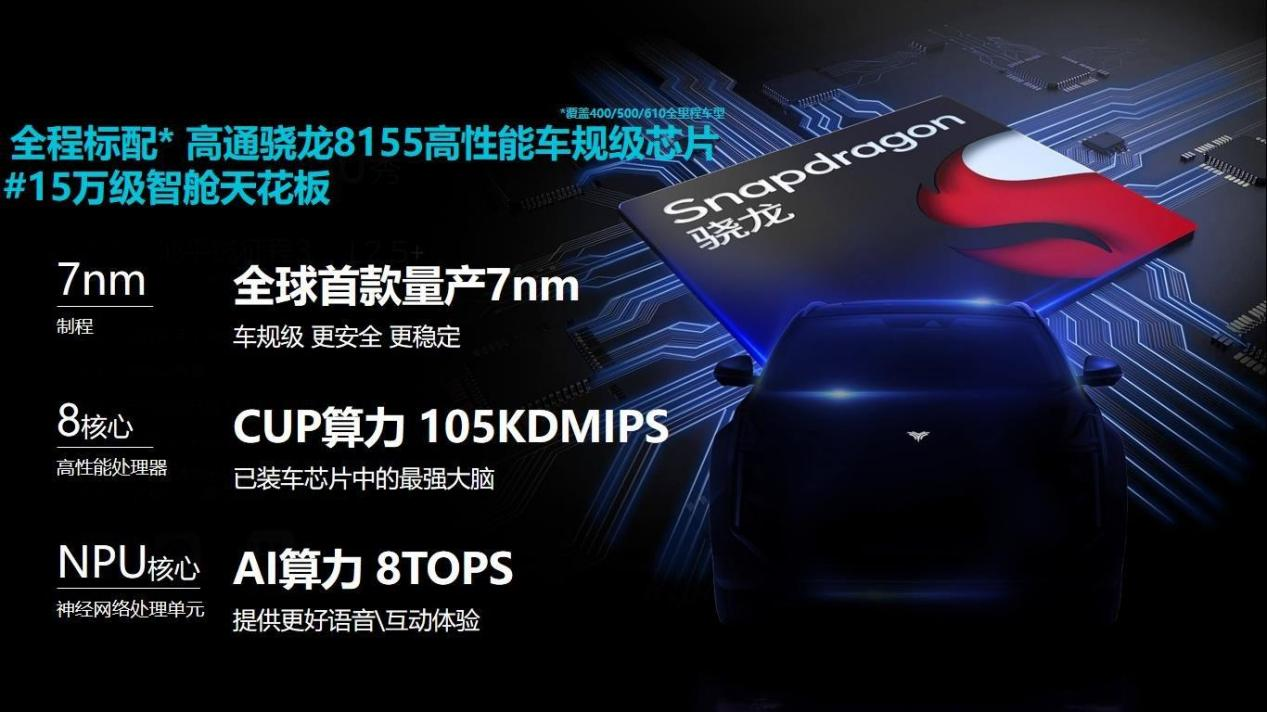
At the same time, it is equipped with the Horizon Journey 3 high-performance automotive-grade AI chip, which includes 22 high-precision sensors such as 5 millimeter-wave radars, 12 ultrasonic radars, and 1 2 million-pixel front monocular camera, providing the vehicle with L2.5+ level intelligent driving assistance system, which supports functions such as high-speed variable speed assistance HWA, forward collision warning FCW, automatic emergency braking AEB, traffic sign recognition TSR, and full-scene fusion parking.
To minimize vehicle accidents, NETA U-II also has a XiaoYou Intelligent Virtual Robot and a unique “In-Vehicle Air Sign Monitoring System” at the same level, which not only has active interactive functions such as fatigue driving performance, eCall active rescue service, and unique in-vehicle life form monitoring system, but also monitors the air concentration changes when breathing in the car to further help users’ safety.

Compared with the size of the central control screen in the NETA U-II, the E’An Y Plus is larger, reaching 14.6 inches, but it is slightly inferior in terms of intelligent driving hardware.
Although the response speed and voice response of the E’An Y Plus’s built-in Qualcomm 6125 chip are stronger than the previous generation, it still lags behind the 8155 chip. In addition, the top-of-the-line model of the E’An Y Plus does not support functions such as lane change assistance, lane centering maintenance, door opening warning, and rear collision warning, which is equivalent to only having L2 level driving assistance, clearly not as comprehensive as the NETA U-II. However, it also has advantages. The ADiGO SPACE intelligent cockpit is equipped with an 8-core processor for young consumers’ daily entertainment needs.
 The main configuration of the Yuan PLUS provides functions such as 215/60 R17 tires, front side airbags, rear parking radar, reverse image, cruise control, keyless entry/start, battery preheating, 12.8-inch touch screen, remote control via mobile phone, multifunctional leather steering wheel, and 5-inch full LCD instrument panel.
The main configuration of the Yuan PLUS provides functions such as 215/60 R17 tires, front side airbags, rear parking radar, reverse image, cruise control, keyless entry/start, battery preheating, 12.8-inch touch screen, remote control via mobile phone, multifunctional leather steering wheel, and 5-inch full LCD instrument panel.
Specifically, for example, the 14.18 yuan version does not include an intelligent driving high-sensitivity lens and a high-precision millimeter wave radar; the top-of-the-line model of the Yuan PLUS also supports a 15.6-inch central control screen, which can adaptively rotate according to the APP, making it convenient for users to read information. However, it is equipped with the Snapdragon 888 chip, which has some gap compared to the chips in the automotive industry in terms of underlying abilities.
Therefore, NETA U-II is the most generous in terms of assisted driving functions.
In terms of power and endurance, who is more stable?
In mainstream pure electric vehicles, the basic range is 400km at the entry level, 500km as the main range, and 600km as the flagship.
For example, the NETA U-II 400 and 500 series are equipped with permanent magnet synchronous motors, with a maximum power of 120kW and a peak torque of 210N·m, offering two endurance ranges of 401km and 501km, respectively. The 610 series has a maximum power of 170kW and a peak torque of 310N·m, with an NEDC endurance range of 610km.
Apart from endurance, the hardness and safety of the pure electric architecture are also often mentioned, because the design of the pure electric architecture must consider the structural characteristics of the electric vehicle, the location of the battery, and the layout of the motor, thus bringing a lower center of gravity, stronger safety, and higher space utilization.
In fact, the reason is very simple. The interior space of the vehicle not only depends on the battery architecture, but also on the exterior shape, vehicle parameters, and space utilization.
Let’s first talk about the NETA U, which obtained the C-NCAP five-star crash safety certification in 2021, and has a three-loop four-longitudinal-five-horizontal three-dimensional cage-like body structure. The NETA U-II 400 Lite model, a low-priced version, is equipped with a rare front MacPherson, and rear multi-link independent suspension, guaranteeing driving and riding comfort.The Y plus series of Aiways features a permanent magnet synchronous motor with a maximum power output of 150 kW and peak torque of 225 N・m. The 70 model is equipped with a 63.98 kWh lithium iron phosphate battery, providing a range of 510 km under CLTC testing conditions, while the 80 model is equipped with a 76.8 kWh ternary lithium battery, providing a range of 610 km under the same testing conditions.

As for the Y plus series chassis, it uses a torsion beam non-independent rear suspension, which is inferior to independent suspensions in hardware, but with good tuning it can still provide a driving experience and handling performance that is not inferior to independent suspensions.
The Byton platform 3.0 is used in the Element PLUS, with its motor having a maximum power output of 150 kW and peak torque of 310 N・m. Two different versions of the Element PLUS are available with NEDC range of 430 km and 510 km.
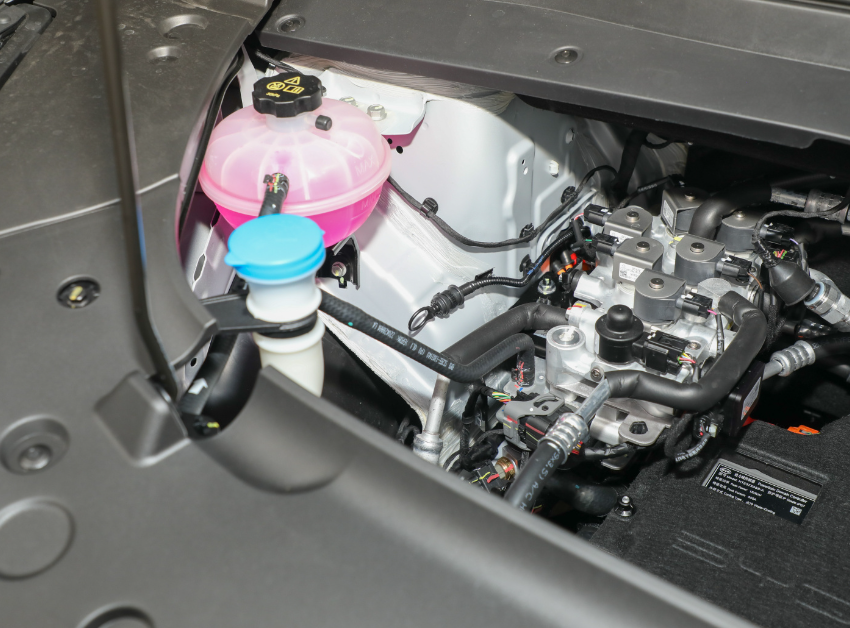
In the context of the gradual reduction of new energy subsidies, it is difficult to differentiate on price alone. Meeting the needs of consumers with more suitable configurations is essential to solidify a foothold in the market.
As pure electric SUVs in the 150,000 RMB price range become a new growth point, traditional automakers that are currently undergoing electrification and new carmakers following internet thinking both focus on detail in their products.
Perhaps for most consumers, range is still the main concern. However, comparing the NETA U-II, Aiways Y plus, and Byton Element PLUS, while there are similarities in their products, differentiation can still be created in terms of hardware and intelligent configurations.
Therefore, for the new carmaker NETA Auto, the NETA U-II represents a revolutionary upgrade in intelligent driving, which allows for head-to-toe integration of intelligent software and hardware, catering to younger consumers and providing more comprehensive performance in terms of cabin and intelligent technologies, as well as range.
This article is a translation by ChatGPT of a Chinese report from 42HOW. If you have any questions about it, please email bd@42how.com.
